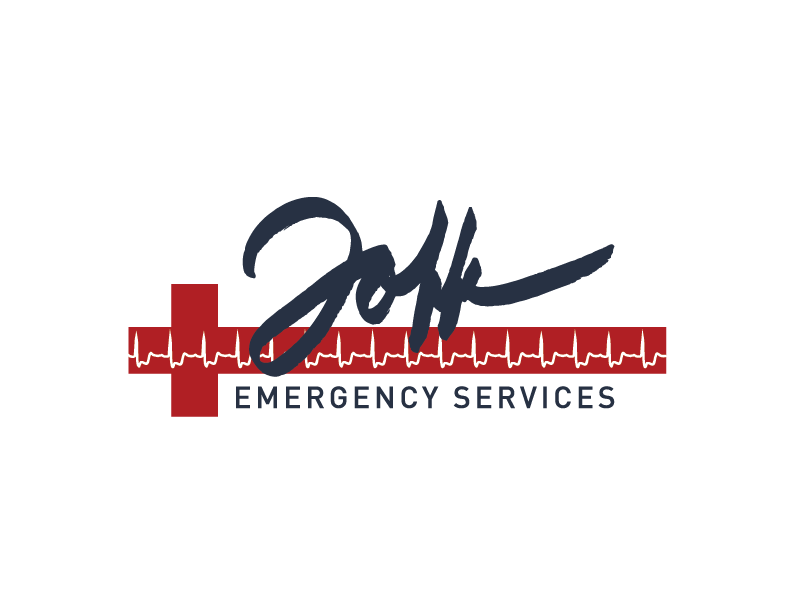It’s stating the obvious to say that over the course of a year, schools assess the performance of their students, faculty, and staff in order to measure growth and make needed changes. The work our Joffe school safety experts do in tandem with school partners also requires performance review and skills testing. Part of that is our ongoing discussion with school safety leaders about the progress being made in all things safety, and what areas continue to need shoring up. Another part of our assessment, and the point of this article, is a moulage drill.
A moulage drill is a mock disaster scenario that tests how all of the functions of your school would work, both independently and as a unit, in an emergency scenario. Examples of function areas could include operations/logistics, search and rescue, medical/first aid, and reunification of students with family. Simply put, this ain’t a fire drill. A moulage drill challenges a school to commit to the reality of the emergency scenario. Some students and faculty will simulate disaster-specific injuries, the drill timeline will be extended further than normal, and something will go unexpectedly awry (blocked major exit, a teacher unaccounted for).
A moulage drill provides for full-scale practice of a school’s Incident Command System (ICS). The ICS is how FEMA and other governmental agencies manage their response to, well, incidents. It is an incredibly effective way to respond to specific challenges that inevitably arise in an emergency while maintaining focus on the entire situation as a whole. It is the structure that ensures the areas being tested during a moulage drill operate as a singular organization.
The larger scope of a moulage drill allows for a school to think through all of the little details that will be crucial in determining how effective their response to a disaster will be. A fire drill is over in an hour no matter what, but moulage is simulating a much larger emergency. Depending on what the scenario is, staff members may be required to stay on campus for up to 72 hours! If that were required, how would they provide and take care of their own families? What if they wear contacts, could they deal with three days on campus? If you wear heels to school, are you prepared to coordinate disaster response in them? (Hint: It’s always good to have some comfortable shoes, any medication you may need, and other necessities on campus).
As you can probably tell, there’s more to a moulage drill than I can put in a single article or even a single conversation. Every school is unique in its people and its environment and needs a specialized form of safety guidance. Moulage is also an excellent opportunity to test out whatever Emergency Notification System (ENS) your community has in place. Can you compose a message that keeps the community calm and informed in the heat of the moment?
The goal of a moulage drill is to build your school’s confidence in its greatest resource - its people. Planning for emergencies can be stressful, because we are forced to contemplate how we will react during a high-stakes situation. Done correctly, a moulage drill instills confidence. Done incorrectly, it can be a time-consuming and relatively ineffective way to increase school safety. That’s why we never put a client in a moulage drill before they’re ready! However, the one thing a moulage drill never is? Perfect. That’s the way we like it at Joffe, though. The day after a moulage drill, when we’re talking about all the less-than-perfect things that happened during it? That’s the first place we start.
Read more articles on school safety below!
